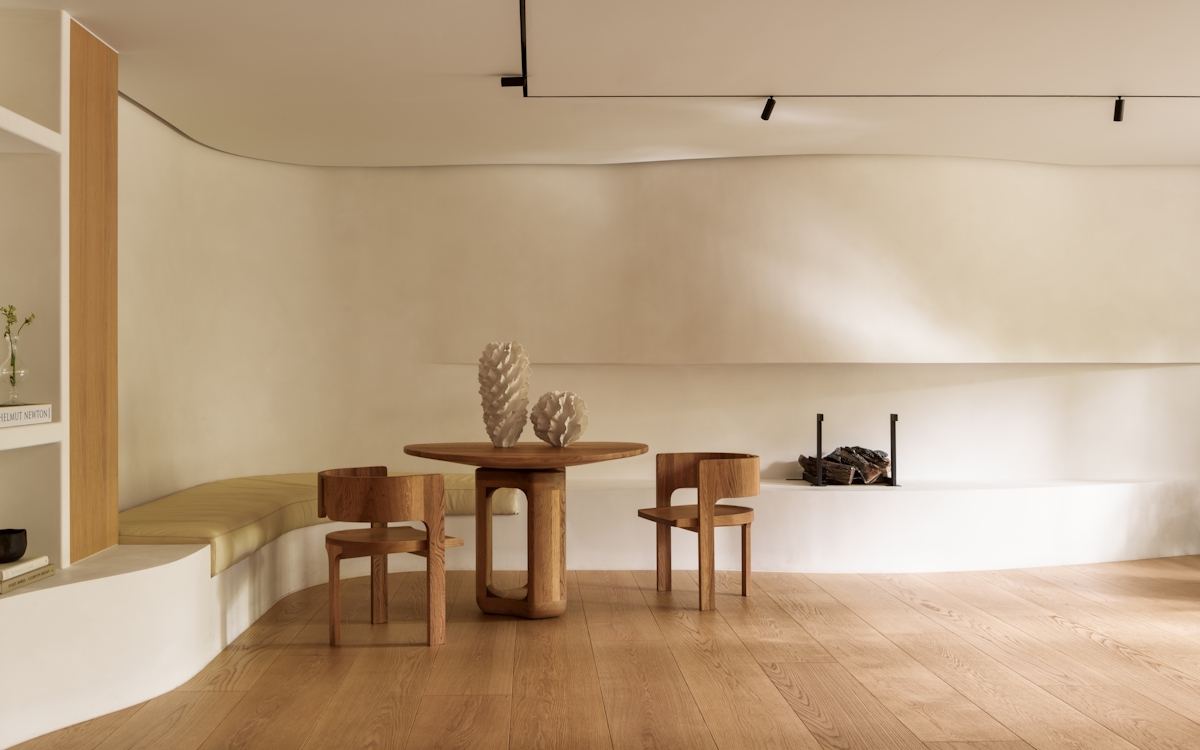A chair is the defining character in the history of furniture. It is the piece which has enjoyed the most fame over the years and its various interpretations are arguably the design world’s most iconic pieces.
As individuals, iconic chairs have almost taken on the role of historical figures throughout the years. The Philippe Starck Ghost chair, for example – directly influenced by a Louis XV design – gained icon status in the twenty-first century but it wasn’t the first. It was preceded by many which shaped history and contributed to the development of design.
We’ve loved looking back and exploring those designs which have influenced the design world today. This round up of ten chair spans not only decades but centuries – each making a mark which has lasted throughout the years.












